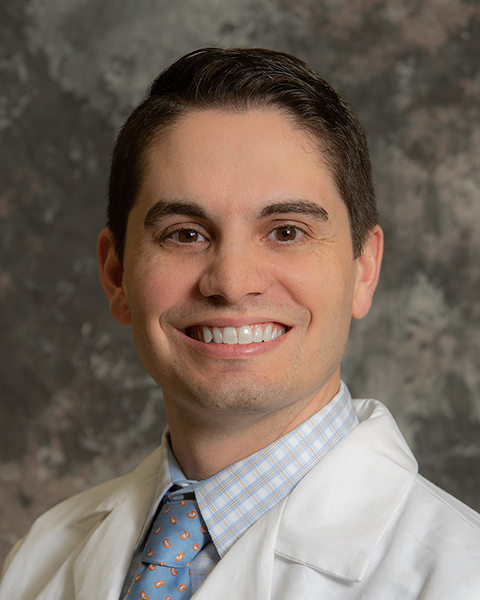Cutting-Edge New Product, TenJet, in Use at Penn Highlands
There’s something special about taking care of the people who watched you grow up in the community where you were raised. Practicing as a doctor of sports medicine at Penn Highlands Healthcare, that’s exactly what I get to do. Some of the patients I see were once the mentors, family friends, and supporters in the stands when I was a young athlete here. It’s rewarding to have my turn to be there for them now.
Since I joined Penn Highlands with my DuBois office last year, many of my patients are discovering a procedure that has become one of my favorite to perform. The tenotomy, which is a means of removing degenerative or diseased tissue from a tendon, has taken a unique new form with a cutting-edge new product called the TenJet. As the only physician in our region who’s using this technology, it’s been exciting to witness the impact it’s having in patients’ lives.
We all know someone who’s suffered from jumper’s knee, tennis elbow, plantar fasciitis, or hip bursitis. A throbbing shoulder, an aching Achilles tendon? They’re all forms of a condition known as tendinitis, which occurs when a tendon becomes irritated, inflamed, or suffers microscopic tears. The toughest part about tendinitis is that it’s often caused by the activities we love or just the normal wear and tear of everyday life.
If you can relate, here’s what could be behind it. A tendon is the thick and flexible but inelastic cord that attaches muscle to bone. Tendinitis can occur from a single injury, but in many cases, it happens when a patient repeats the same motion over and over. (In sports medicine, “overuse injuries” account for 30 to 50 percent of all injuries.) It makes the most common movements like walking, cooking, or swinging a golf club uncomfortable.
Before, most tendinitis could only be treated with surgery. Now, this has emerged as a microinvasive—meaning even less than minimally invasive—outpatient solution to target the source of chronic tendon pain with many of the same benefits as surgery.
It works like this: the TenJet technology uses a pressurized, high-velocity stream of saline that shoots from a needle which passes through the skin to flush the degenerative tissue out and remove it. With ultrasound imaging, I navigate the needle to access the site of tendinitis while preserving healthy tendon. Patients can typically undergo a local anesthetic, and many TenJet procedures are complete in under 30 minutes. The device delivers fast results, can be closed with medical tape or a bandage (no stitches), and comes with a typical recovery time of just one day until the patient can return to their normal activity. Not surprising, most find this to be a more desirable timeline than it takes to recover from surgery.
This process also offers a significant advantage that some other less invasive solutions do not: lasting effect. In 2019, I participated in a nationally recognized research study that was presented at the National Sports Medicine Conference in Houston, which hosts orthopedic practitioners from all around the world. The results of the study indicated that six months after their procedure, more than 80 percent of patients with elbow pain experienced almost complete resolution to their former condition.
Best of all, this technology is for just about anyone. While other more invasive procedures might leave some patients with scarring or some degree of pain, this newer technology allows patients with a wide range of circumstances to fully rebound—sometimes literally. My youngest patient for this procedure was an 18-year-old basketball player who’d been considering surgery for jumper’s knee (but returned to the court within weeks after undergoing the procedure), while my eldest patient was in their nineties and appreciated the gentle recovery.
One patient in her early sixties offered to share about her tenotomy experience. After suffering from tendinitis in her hips for almost five years, she came to my office eager to find a more permanent solution than the cortisone shots she’d received every three months for the past two years. “I told Dr. Varacallo I’d do anything that could possibly end my pain for good,” she said. “The whole thing only took 10 or 15 minutes for each hip. Afterward, I was able to drive myself home.”
She goes on to describe a rapid recovery. “The incision was honestly a pinpoint. Dr. Varacallo covered it with a bandage, and I went home to rest for the day. I was a little sore, but I healed within just a couple days. It was a very quick recovery.”
To learn more about tenotomies at Penn Highlands, visit www.phhealthcare.org/sportsmedicine.

